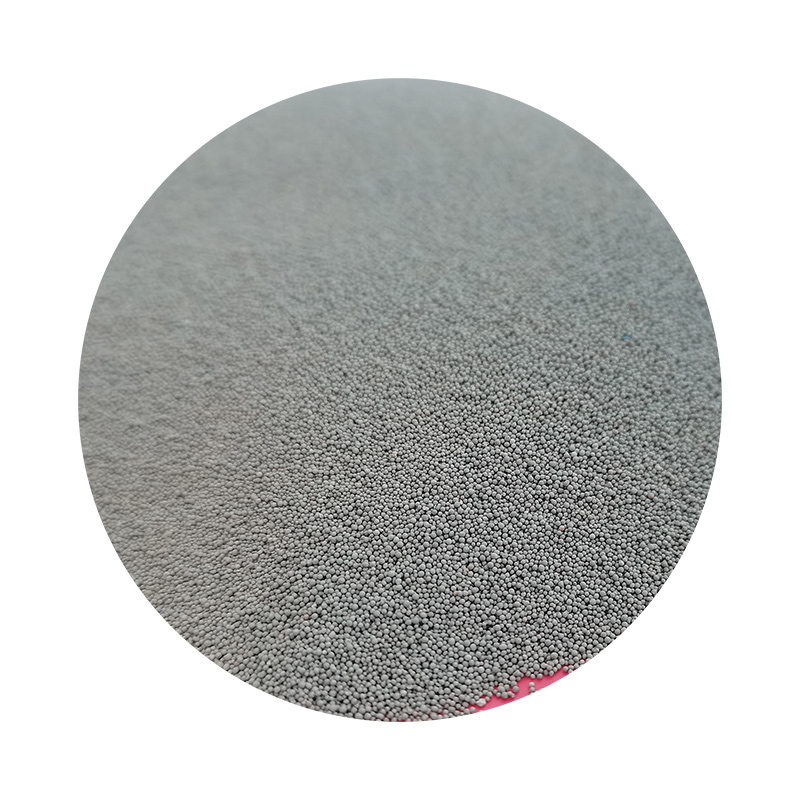Wet Sanding Ceramics A Comprehensive Guide
Wet sanding is an essential technique in the ceramics industry that enhances the surface finish of various ceramic materials. This method involves using water as a lubricant during the sanding process, which offers numerous benefits compared to dry sanding. Whether you are a professional ceramist or a hobbyist, understanding the nuances of wet sanding can significantly improve your work quality.
Why Wet Sanding?
The primary advantage of wet sanding ceramics is the reduction of dust. Traditional dry sanding can create a significant amount of fine dust particles, which can be hazardous to breathe in and can settle on other surfaces, creating a messy workspace. Wet sanding not only minimizes dust particles but also keeps the sanding surface cool. The water prevents friction from generating excessive heat, which can lead to warping or cracking of the delicate ceramic material.
Additionally, wet sanding provides a smoother finish. The water helps to fill in microscopic scratches and allows for a more even abrasion on the surface. When used properly, wet sanding can result in a glossy, professional-looking finish, which is particularly desirable for functional ware and decorative pieces alike.
The Wet Sanding Process
The process of wet sanding ceramics is relatively straightforward but requires attention to detail to achieve optimal results. Here’s a step-by-step guide
1. Preparation Start by gathering your materials. You will need wet/dry sandpaper, a sponge or cloth for applying water, and a spray bottle filled with water. It’s important to choose the right grit of sandpaper; coarser grit (e.g., 400 to 600) is suitable for shaping and removing imperfections, while finer grit (e.g., 800 to 1200) is ideal for finishing.
wet sanding ceramics

2. Wet the Surface Before starting the sanding process, wet the ceramic surface thoroughly. This can be done using a spray bottle or a sponge soaked in water. Ensure that the surface is entirely damp but not dripping.
3. Sanding Technique Use light pressure while sanding and move in circular or back-and-forth motions. Keep the surface wet throughout the sanding process by periodically reapplying water. This lubrication is crucial to prevent clogging the sandpaper and to maintain a smoother finish.
4. Inspect Regularly After a few passes with the sandpaper, inspect the surface for scratches or uneven spots. It’s essential to be patient and take your time, as rushing can lead to uneven surfaces or damage.
5. Final Rinse and Dry Once you are satisfied with the surface finish, rinse off the ceramic piece to remove any excess dust and debris. Allow it to dry completely before applying any glazes or additional finishes.
Tips for Success
- Always wear safety gear, including a mask and goggles, to protect yourself from any splashes or potential irritation from ceramic dust. - Experiment with different grits of sandpaper to find the best combination for your specific project. - Practice on test pieces if you're new to wet sanding, as this will help you develop your technique without risking a finished piece.
In conclusion, wet sanding is an invaluable technique in the world of ceramics, providing a dust-free, smooth, and professional finish. By following the proper techniques and taking the time to practice, ceramists can significantly elevate the quality of their work. Whether creating functional pottery or artistic sculptures, mastering wet sanding can unlock new possibilities in ceramic craftsmanship.
Post time:Déc . 19, 2024 15:14
Next:steel sand casting suppliers
